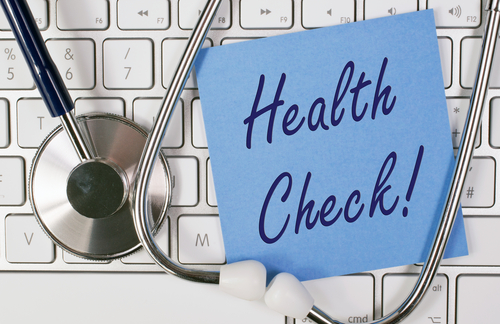It recently emerged that the NHS has been ordered to prioritise patients who have endured long waits for routine treatment. However, problems with our health service have been evident since two-thirds of A&E units missed their winter wait time target, despite a mild winter by British standards.
Couple this with the news that 144 A&E units across England have missed these targets for 52 consecutive weeks since July 2013, and it’s further proof that the NHS has long been buckling under immense pressure.
Granted, the NHS is a huge organisation with many different priorities, and the number of patients admitted to A&E has been rising in recent years. But failure to attend to 95% of patients within four hours is not acceptable.
>See also: Going paperless: the clash between IT staff and NHS Trust heads
We should be proud that our health service aspires to reach this figure, as it demonstrates a commitment to providing the highest standard of care, but if this target was not reachable, it should never have been set.
Nevertheless, the problem can be resolved by diagnosing the two key problems. Firstly, how can the NHS become more efficient, ensuring targets are met in future? Secondly, what can be done to reduce the number of unnecessary visits to A&E units?
While the answer to these questions is not clear-cut, one method that could have a great impact is the use of predictive analytics. The NHS is a relentless producer of data – be it patient data, performance data, clinical data, or administrative data – and therein lies the solution.
In making good use of its data, the NHS can be more efficient and will be better placed to meet its own targets. This was the call to action in February and the same is true today.
Notwithstanding, convincing those in the industry that data analytics can be part of the prevention and the cure is not easy. Indeed, it’s undeniable that some data is inaccurate and unreliable.
However, once each trust works out which data it can use, it can analyse that to enhance its methods of working to improve patient care. What’s more, trusts could use the data to find patterns and trends that may enable the prevention of diseases.
This technology also helps create integrated patient care across GPs, social services and hospitals, to minimise follow-ups and improve long-term outpatient care. In this way, the sharing of patient data can help prevent hospital admissions, as well as being a valuable aid in the battle against diseases.
>See also: Healthcare CIOs don’t trust the government to deliver innovation in the NHS
All of this points to the fact that big data analytics can relieve the ailing NHS by alleviating the financial strain it is currently suffering under. Better still, it can feed back on progress on an hourly or daily basis – and stop authorities having to wait six months before they discover they’ve missed their targets.
Prevention is cheaper than cure and, most importantly, better for the patient. The NHS needs to take steps that help manage the influx of patients as well as how to treat them.
Sourced from David Downing, director of health, SAS UK







